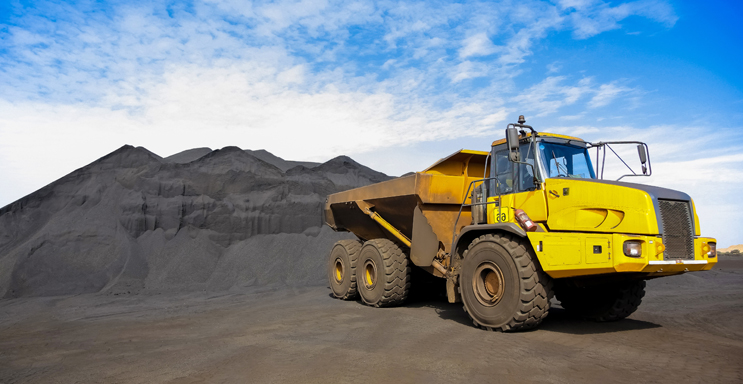The 9 Frequently Asked Questions About Manganese In Water
By Gerry Bulfin
Manganese is one of the most abundant metals in our Earth’s crust, often occurring with iron. It is a component of over 100 minerals but is not found naturally in its pure elemental form. Manganese is an element essential to the proper function for both humans and animals, as it is required for the functioning of many cellular enzymes. At high concentrations in water however it can cause a bitter taste and stain fixtures, appliances and laundry.
Q. How does manganese get into our water supplies?
A. Manganese in groundwater comes from rainfall when manganese minerals dissolve from surrounding rocks and by the leaching of manganese as water flows through the topsoil. When the water is acidic (low in pH) and low in oxygen, manganese occurs at higher concentrations. Human activities can also cause water to become contaminated with manganese; however, typically, it is naturally found.
Q. In what state is manganese found in groundwater?
A. Manganese typically exists in groundwater as manganese ions (Mn++) or as manganese bicarbonate (Mn[HCO3]-). In this clear or dissolved state, manganese is colorless. If manganese is oxidized, it appears black and can leave brown or black stains on fixtures and laundry.

Q. Is manganese toxic?
A. At concentrations found in most groundwater, and at concentrations below 0.05 mg/L (the secondary standard or aesthetic objective), manganese is not a health risk according to World Health Organization and Centers for Disease reporting. Manganese is an essential trace element needed in our diets and is many foods at trace levels. The Centers for Disease Control reported that the Estimated Safe and Adequate Daily Dietary Intake (ESADDI) for manganese for adults is 2 to 5 mg/day, although extremely high levels of manganese may affect the nervous system.
Q. Why is manganese a problem in drinking water?
A. Water with high concentrations of manganese causes staining of plumbing fixtures, laundry, and appliances and imparts a bad taste, odor, and appearance to drinking water supplies. Manganese may precipitate out in pipes and distribution systems and form black scale and deposits.
Q. How is manganese removed from drinking water?
A. While there are different treatment methods used (such as ion exchange), most treatment systems oxidize the clear manganous state to an oxidized state so the solid particles can then be filtered out.
Oxidation of manganese can be accomplished with aeration, chlorine (gas, sodium hypochlorite, calcium hypochlorite, or on-site generation of sodium hypochlorite), chlorine dioxide, potassium, or sodium permanganate, or ozone. The most common methods are aeration and chlorine injection.
Q. What types of filter media to remove manganese?
A. The three most common types of filter media used to remove iron after oxidation include:
- Mixed media of filter sands and anthracite
- Coated Filter media such as silica or greensand coated with a thin layer of manganese
- High purity naturally mined manganese dioxide granules manufactured from high-grade manganese ores

Q. How do mixed media filter sand systems work?
A. Filter sand, is combined with a top player of anthracite coal or other media, is commonly used in conventional sedimentation and filtration. They often operate at lower flow rates compared to coated or solid manganese dioxide media. The main advantage is the low cost. In addition to operating at low flow rates of 2 – 3 gallons per minute per square foot of media, they typically require a long breaking-in period. During the breaking-in period, water quality after the treatment train is low.
Q. How do coated manufactured manganese dioxide filter media work?
Manganese coated filter media are manufactured by bonding a thin layer of manganese over a substrate such as silica or greensand. These media typically contain 1% - 18% manganese oxide. Manganese dioxide coatings act as a catalyst for the oxidation and reduction of iron and manganese.
To provide the oxidizing power to precipitate iron and manganese, these types of iron filters are backwashed and regenerated with potassium permanganate or chlorine or permanganate is fed upstream of the filter.
Q. How Does Manganese Dioxide Solid Core Iron Filter Media Compare to Coated Media?
Most manganese ore is typically found in low concentrations of less than 50% manganese and is widely used in industries such as steel and battery manufacturing.
While many countries have manganese mining operations, most produce lower-grade manganese used in various industrial processes and manufacturing.
High grade manganese dioxide solid core iron filter media such as NSF certified Pro-OX media contain over 80% manganese.
The oxidation process occurs on the media in a catalytic process.
The performance of this type of media is directly related to the purity of the manganese dioxide ore, the porosity of the granules, and the level of highly active sites on the mineral structure. The higher the purity and the more porous the media is, along with strict particle sizing (high uniform coefficient) can have a tremendous effect on how well this type of manganese dioxide media performs.
Gerry Bulfin CWS-VI is CEO of Clean Water Systems & Stores Inc. Bulfin can be reached at gb@cleanwaterstore.com or 831.462.8500.
